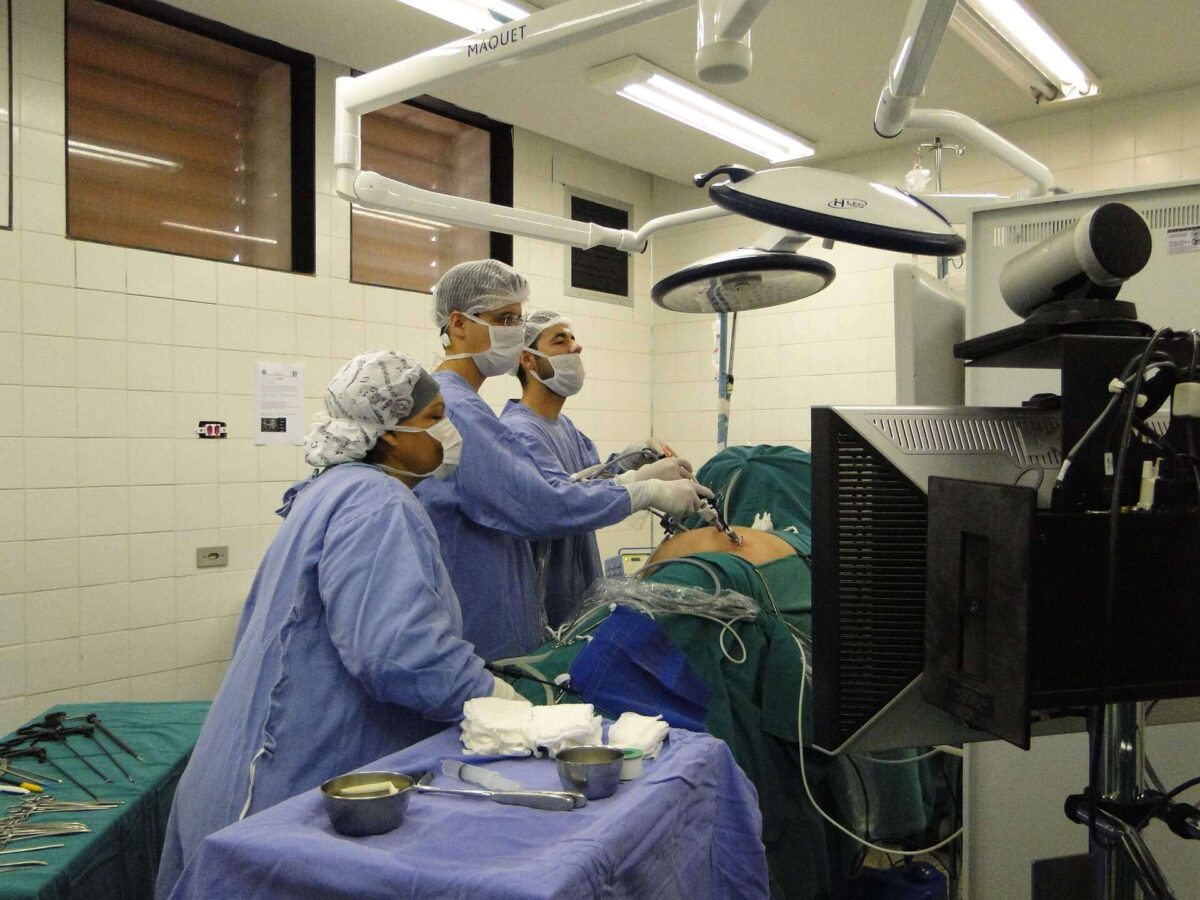The basic means of treating the sexually distraught marital relationship is, of course, to re-establish communication. The most effective means of encouraging communication is through a detailed presentation of information.
There must be a point of departure, a common meeting ground for the traumatized members of any sexually dysfunctional marriage.
How better to provide for mutuality of interest and understanding than to educate the distressed husband and wife to effective sexual functioning by dispelling their sexual misconceptions, misinformation, and taboos?
Erection Treatment
The couple progress in the educational program is by encouraging verbal communication. The details of the techniques necessary for the unit to reverse the sexual inadequacy are spelled out in finite detail during the approximately 10 days remaining for therapy after the roundtable discussion.
As sexual function improves
these techniques for biophysical release are held out as rewards to direct attention toward mutuality of interest and expression, while marital disharmony is attacked directly.
When there is obvious improvement in physical responsivity, the distressed unit members are only too eager to reestablish a firm, secure marital state. They are most attentive to the educational process, for they shortly come to realize that permanent reversal of the dysfunctional symptomatology relates directly to the health of the marriage.
When husband and wife visualize the results of their biophysical progression on a daily basis, they are intent upon providing the best possible psychosocial climate for continuing improvement once separated from direct professional control.
Obviously, the more stable the marriage the better the climate for effective sexual functions. Again, the marital relationship per se is under treatment at the Foundation, not its principals.
Discussions:
of the distractions of fears of performance and the spectator role, plus the necessity for duality of biophysical and psychosocial input from sexually stimulative activity, are conducted with both marital partners during the three days subsequent to the roundtable discussion.
The acceptance of the “performance” and “spectator” concepts moves the husband and wife well along the road to full appreciation of the mutuality of their involvement with the impotent state.
From a psychotherapeutic point of view, the next step is to suggest to both members of the husband and wife ways and means of avoiding the basic distractions of the spectator role and the fears of performance.
An effective way:
To prevent fears of performance is to state unequivocally to both husband and wife that as they attempt to follow therapeutic suggestion in the privacy of their bedroom there is no demand for good marks in their daily report on their degree of success in following the functional directions.
Authority is infinitely more interested in the distressed couple making its mistakes, describing them in joint sessions with the cotherapists, and absorbing information to correct them in the immediacy of a 24-hour period, than in providing a cheering section.
We tend to learn more from our mistakes than from our successes. The first step toward relief from fears of performance is to define the Foundation’s position that failures of function not only are expected but are anticipated as an integral part of the process of reorienting the sexually dysfunctional male.
Once the husband and wife fully accepts the concept that perfect report cards are not the order of the day, a major facet of concern for performance has been removed. The impotent male’s first reaction to functional suggestions is to attempt to force responsivity in order to satisfy presumed authoritative demand. When it is made exquisitely clear that there is no authoritative interest in a perfect performance, his sense of relief is indeed obvious.
Remaining fears for sexual function can be neutralized by the direction that there be no attempt at coital connection during the first few days of therapy.
Cotherapists should emphasize that there is concern whether or not the husband achieves an erection, for, even if he does, there should be no attempt by either husband or wife to take advantage of the erective state and move to ejaculation by either manipulative or coital opportunity. When any possibility of coital connection is obviated by authoritative direction, fears of performance disappear.
Erection Insecurity
At the termination of the roundtable discussion, the husband and wife contending with erective insecurity move directly into a discussion of and application of sensate-focus material. At this stage of treatment, any direct approach to the male pelvis, female breast, and female pelvis is contraindicated.
The husband and wife relax from their prior anxious concepts of specific or demanding sexual functioning and, possibly for the first time, devotes total concentration through sensate focus toward pleasuring one another.
Quiet, non-demanding stroking of the back, the face, the arms, the legs, provides an opportunity to give and to receive sensate pleasure, but, of far greater importance, opportunity to think and to feel sexy without the orientation to performance.
Incompetent Male
Previously, the incompetent male, frozen into his demand for erective security, has blocked sensate input either primarily, from his wife’s direct physical approach or secondarily, from his effective elevation of her sexual tensions.
With sexual performance not only contraindicated but denied, the husband is quite free to receive sensate input from both direct and indirect sources, since his block to sensate pleasure (fear of performance) has been removed by authoritative interdiction of coital opportunity,
At this time the cotherapists describe in detail the concept of the dual systems of influence operant at all times in perception and interpretation of sexual stimuli.
It is explained that the two systems of influence, the biophysical and the psychosocial structures, produce varying degrees of positive or negative input during opportunities for sexual expression. It is emphasized that these two systems operate in an interdigital manner, although without compulsion for mutual support.
Once the couple accepts this working formula, sensate input can be comprehended. With comprehension come attitudinal receptivity and the potential for sensate pleasure.




